On that note, a high-quality baby car seat is one of the most significant acquisitions. All parents put their child’s safety in the first place.
That’s why we go out of our way to do whatever it takes to ensure that they are safe and sound. From the moment you take your little one home from the hospital, you need to depend on a reliable car seat.
Unfortunately, due to a lack of information, many parents undermine the importance of selecting the best baby infant car seat. What is more, others are not installed properly. That could pose the child with unwanted dangers during each drive.
In this view, we have compiled key details on the subject. We will cover the basics. However, we will also address the most common questions. So, this guide includes everything you should know about choosing the best for your child’s safety.
What is A Baby Car Seat
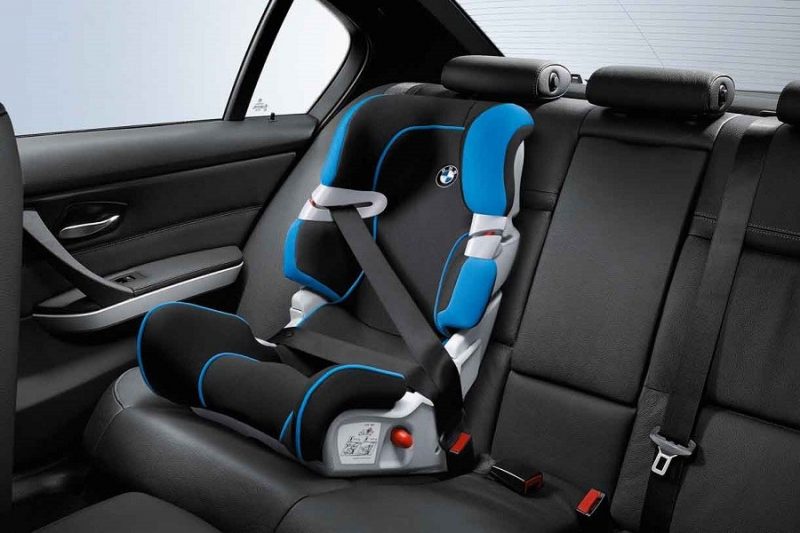
Essentially, an infant car seat is designed to ensure that your child remains safe during car journeys.
Child safety seats enable passive restraints, which keep the car seat in place. Hence, to be truly effective, they ought to be used accordingly. We’ll expand on the issue later on the article.
Why Do You Need A Baby Car Seat
Fundamentally, the first reason why you need a car seat is to make sure your little one is safe. According to statistics, in the United States alone, in 2019, 663 children under 12 years old died in vehicle crashes. What is more, 121,350 were injured.
Additionally, a CDC study points that over 618,000 children under 12 years old rode in vehicles without being buckled up.
Now we’ll present to you some stats that outline the necessity of using a high-quality baby car seat. Using a car seat diminishes the risk of death for infants less than one year by 71 percent, in lines with this source.
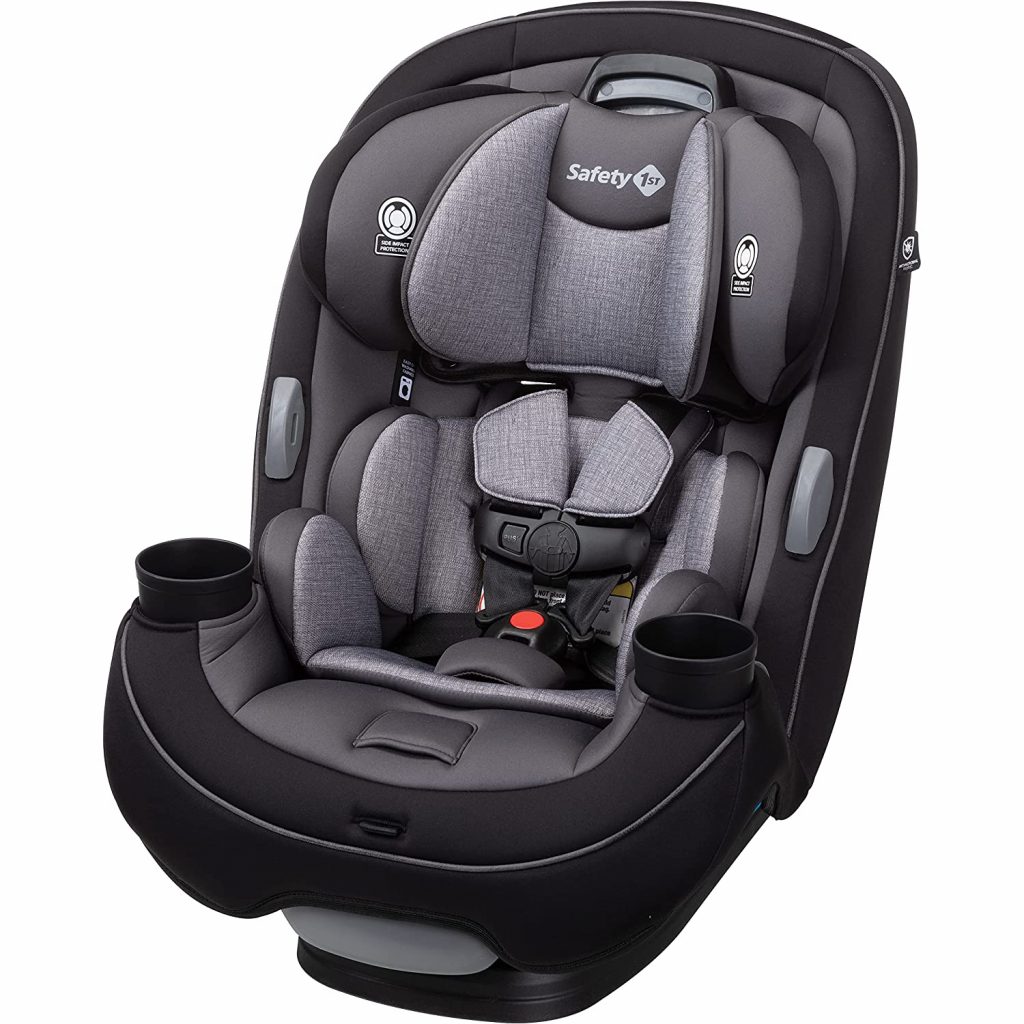
In spite of that, 90 percent of car seats aren’t used correctly. Evidently, this reduces their effectiveness.
As you can see, installing a high-quality car seat could make the world of a difference. Still, making an informed choice is what matters most.
That is what will maximize your baby’s security whenever you hit the road, which will eventually give you peace of mind.
What To Avoid When Driving With Children
Driving without an adequate car seat is not an option. Based on this source, unrestrained children are prone to become projectiles in a car. Most of the time, they are ejected from the vehicle.
It’s as simple as that; a child is likely to hit someone or something in the car. Or, even worse, a parent could crush his/her own child while holding him/her.
By all means, the statistics presented before should be convincing enough for each parent.
That being said, driving with your child in the lap, or placing the seat belt over both you and your little one should be avoided.
If your baby is fussy or tired and you can no longer keep him/her in the car seat, you should pull over. Still, before pulling over, you should find a safe spot.
You should never sit in the front seat holding your baby. In the event of a collision, the airbag will be discharged. That could kill your baby.
How Do Baby Car seat Work
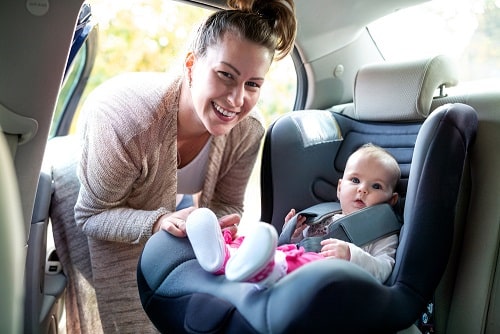
In the case of a vehicle collision against another object: another moving vehicle, wall, tree, the impact determines it to stop. Nevertheless, anything that isn’t held inside the car will keep moving. And that refers to passengers as well.
That is inevitable, and it happens due to inertia. Inertia represents an object’s impulse to keep moving unless something works against that motion.
That is precisely why we have to wear seat belts. Still, seat belts are designated for adults. They apply the stopping force on the pelvis and rib-cage.
Evidently, for a seat belt to reach its purpose, it ought to be secured correctly.
The same applies to a car seat. Car seats are created to hold children into the car while dispersing the lethal force of the impact over resilient parts of the body.
Types Of Baby Car Seats
It’s important to understand the differences between them and when to use them. These terms also come in handy when you are shopping!
Infant Car Seat
Obviously, this is the first purchase for brand new parents. These are created specifically for newborn and small babies.
A standard infant car seat is small and portable. It can be used rear-facing only. That is primarily because rear-facing seats offer better protection for babies.
They support the baby’s neck and spine better, in comparison with forward-facing seats.
What is more, they are fitted for babies weighing 4 lbs. to 40 lbs. Of course, that depends on the model, as well.
It is recommended to switch to a front-facing seat after your little one has exceeded the weight limit.
Also, if the top of the head outreaches the top of the seat, this is also a sign you should switch car seats.
Note that it is more likely for children to get too tall for the infant car seats before getting too heavy.
Convertible Car Seat
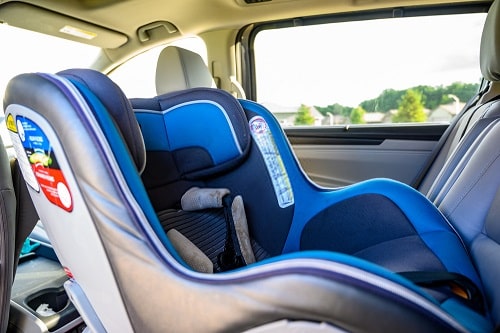
The convertible car seat is prone to be your next purchase after the infant car seat. You can install it both rear-facing and front-facing, according to your preference.
The harness system is very much alike the infant seats. Still, the most notable difference is that they have a greater rear-facing weight limit.
This means that children could ride rear-facing longer
. According to the American Academy of Pediatrics, that is the safest option.
In the case of children younger than one year old who weigh less than 20 lbs., it has to be installed rear-facing. Still, depending on the product, you can use such seats rear-facing up to 50 lbs.
Our recommendation is to choose the rear-facing option until your little one is two years old. Some states (CA, PA, OK, NJ) require that.
Nevertheless, when you know that your little one is ready, you can turn the convertible car seat around.
The minimum weight limit would enable you to use the convertible car seat for an infant, as well. Still, such items don’t offer the best fit for babies. Plus, they aren’t equipped with a detachable carrier.
Booster Seat
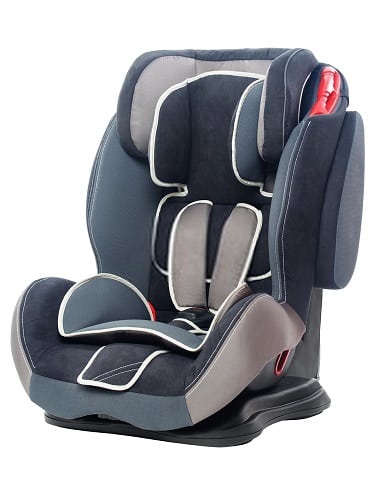
The booster seat is what you’ll need after your little one outgrows the convertible seat. Booster seats use the car’s seat belt.
What does the best baby car seat booster do? Typically, it raises the child up, ensuring that the seat belt fits perfectly.
The seat belt should be over the sternum, low across the upper thighs, and right at the center of the collarbone (as opposed to the neck).
Booster seats are separated into high-back and backless styles. Backless versions are effortless to install while being portable.
As for high-back versions, they ensure a better positioning of the body. Apart from that, they also offer side impact protection.
Evidently, many states in the United States have regulations that necessitate children as old as 9 to use booster seats. In spite of that, statistics show that only 5 percent of the children that should sit on a booster seat use one.
Classification

Now we would like to discuss different car seat categories. When it comes to purchasing a baby car seat, you assess the baby’s height or weight group.
The United Nations safety regulations define the weight groups. Hence, the primary groups are 0, 0+, 1, 2 and 3. Note that there are child restraint systems that can be converted. That means you can adapt them as your child grows.
This international classification is valid in more than 100 countries.
Group 0
Baby car seats that fall into the group 0 category are small and light. They are also rearward facing, as research points this is the safest option.
Apart from that, according to the law, children up to 2 years have to use rearward facing car seats.
Some models can be attached to a pushchair chassis. Additionally, most items are equipped with a carry handle, so that you can take your baby out of the car without bothering him/her.
The weight limit for most baby car seats in group 0 category is 25 lbs.
Group 0+
Moving on to group 0+ car seats, they are, once again, rearward facing. Secondly, the weight limit is 29 lbs.
The main advantage to choosing a 0+ seat is that your child could use it until he/she is 12-18 months.
Group 1
Group 1 car seats are designated for toddlers that weigh between 20 lbs. to 40 lbs. That means your little one could use them up to around 4 and half years old.
Car seats in this category are forward facing. Still, you could find some products that facilitate rearward facing.
Advertisements
Group 2
Group 2 car seats usually refer to high back booster seats without a harness. According to official regulations, children weighing 33 lbs. to 55 lbs. must use these restraint systems.
Group 3
And lastly, group 3 car seats include the booster cushion restraint systems. Kids weighing from 48 to 79 lbs. are required to use these car seats.
The cushion raises the kid’s seating position. This way, the seat belt goes over the pelvis instead of the stomach.
Usually, these restraint systems have a clip on a piece of fabric. That contributes to correctly positioning the diagonal part of the seat belt on the kid’s shoulder.
Anatomy of A Baby Car Seat
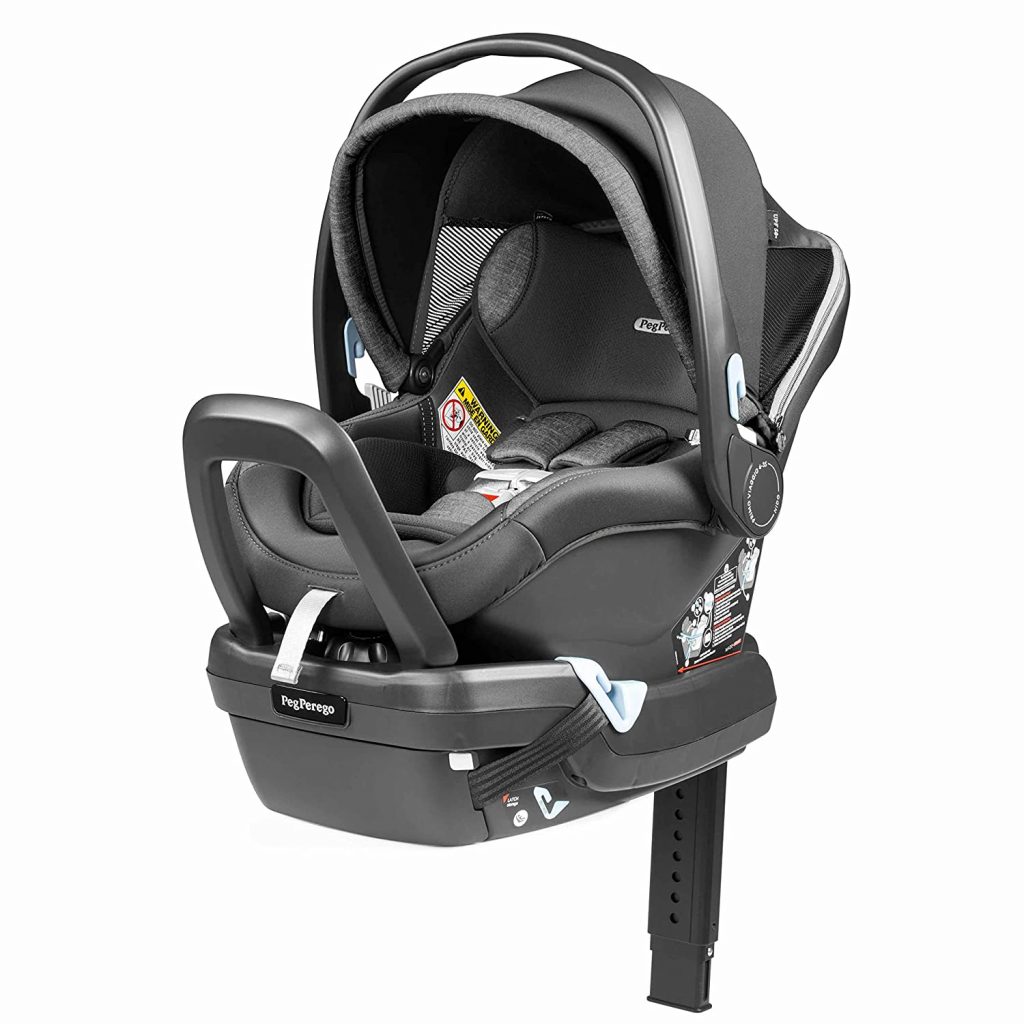
Depending on the car seat you select, the elements that comprise it could differ. Still, the following are the core compounds that characterize a typical car seat.
- The Shell: The shell is the primary element of a baby car seat, being made of resilient, durable plastic.
- The base: The baby car seat should slide into the base. Note that some car seats don’t include a base.
- Harness straps and buckles: Until your little one is ready for the booster car seat, the car seat you’ll need will come with a five-point harness.
- The pad: Some car seats feature an inner support pad that keeps the baby’s head in place.
Front-Facing Vs. Rear-Facing
Until recently, most parents would choose to place the baby car seat forward facing after celebrating their baby’s first birthday. Nonetheless, the American Academy of Pediatrics (AAP) modified this policy in 2011.
That’s due to a study proving that children less than two years old are 75 percent less prone to get killed in a car crash when they’re in a rear-faced car seat.
As a result, the National Highway Traffic Survey Safety Administration and the AAP advise parents to keep their children in a rear-facing car seat until they are 2 or 3 years old.
Still, what makes rear-facing car seats better?
Infants are likely to suffer from spinal cord and head injuries since their ligaments and bones are developing. Apart from that, an infant’s neck is proportionately larger than his/her neck.
That being said, rear-facing seats provide the best support for your little one’s spine, neck, and head. Additionally, they also do a better job of safeguarding the child’s arms and legs. Simply put, they deliver optimal protection in the event of car crashes.
Experts indicate that front-facing car seats expose the child’s legs and arms. That makes them prone to injury.
On a final note, a rear-facing car seat is the safest option. As long as your little one meets the weight and height limits, you should use one.
New Baby Car Seat Vs. Used One
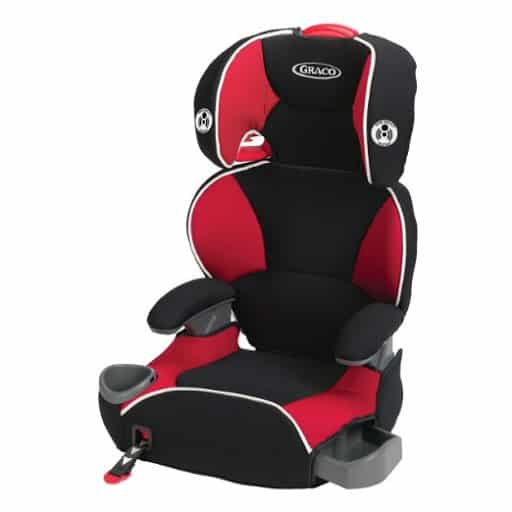
Many parents consider choosing second-hand car seats in favor of new ones. Evidently, a used product is much cheaper than a new one. But the question is: should you go for it or not?
To be frank, purchasing a used car seat is one of the worst safety mistakes you could make. Although the item you scored at a garage sale may seem like a bargain, it could seriously put your child’s life in jeopardy.
Firstly, a used car seat is unlikely to come accompanied by the manufacturer’s detailed instructions. Although the instructions are often overlooked, they are crucial, as they enable you to install the car seat correctly.
Secondly, a second-hand car seat could miss important parts. Even worse, it could have been involved in a car crash.
It’s important to note that even if a used car seat doesn’t show signs of noticeable damage, it could still diminish the item’s effectiveness.
Another important consideration is that plastic is due to get brittle with the years. That being said, an old seat could break in the event of a crash.
Thirdly, did you know that car seat manufacturers feature expiration dates on their products? As a general rule, car seats expire in 6 years after the date of the manufacturing.
Therefore, unless the used car seat comes from a close relative or a friend, we suggest you steer clear of getting a second-hand product.
Available Baby Car Seat Accessories
Baby car seat accessories are vital to helping parents keep babies both comfortable and safe.
Shoulder Strap Covers
The problem with most car seats is that they don’t have padding on the shoulder straps. That could cause discomfort and irritation to your baby’s sensitive skin. Getting shoulder strap covers could address this concern.
Baby Sleep Positioner
When your little one falls asleep, his/her head is likely to fall forward. One way of hindering neck straining is by avoiding chin to chest motion. Evidently, this could be hazardous for a child, especially in the first weeks of life. Getting a Baby sleep positioner is an excellent option.
Backseat Mirror
Each parent wants to check on his/her little one, but that is quite impossible especially if you’re in the front seats. A backseat mirror could be exactly what you need to keep an eye out for your baby.
Infant Car Seat Cover
An infant car seat cover is an excellent accessory that delivers optimal protection to your little passenger. It safeguards him/her from rain, wind, snow, direct sunlight or even bugs.
Activity Toys
Keeping your little one entertained during your journeys is fundamental. Driving with an upset, bored baby is far from being enjoyable.
Hanging toys on the car seat handle could do the trick. What is more, these toys aim at enhancing the child’s visual tracking and motor skills.
Car Seat Travel Cart
Car seats tend to be quite heavy! If you plan on traveling and you’re looking for a hassle-free solution, getting a car seat travel cart could be life-saving.
Baby Car Seat Manufacturers
This list answers the question, �?What are the best car seat brands?’.
Baby Trend
Baby Trend is a top manufacturer in the realm of car seats, having over 26 years of experience. The company strives to come up with innovative products that address the needs of children.
What is more, the price-quality ratio is excellent. So, getting a Baby Trend car seat could mean saving money while ensuring your little one’s security on the road.
Still, that doesn’t mean Baby Trend offers car seats designated for infants only. The firm has an extensive choice of products, at decent rates. Simply put, if you choose a Baby Trend baby car seat, you choose quality.
Graco
Graco is a trusted, authoritative company that supplies first-class items. Their experience in the domain outreaches 60 years.
In other words, whichever Graco baby car seat you select, you can be sure that the item will be durable and safe.
Their approach to manufacturing makes their products easy to operate. If you want to get the best baby convertible car seat or the best baby strollers with car seats, Graco could be one of your top choices. Safety remains their top priority, along with innovation.
Clek
Clek strongly believes that parents shouldn’t have to make compromises when it comes to their children’s safety. That is why they furnish excellent products.
Every Clek baby car seat combines convenience, comfort, safety, and style.Their items are produced in North America, and each one passes far-reaching safety tests before launching them on the market.
Installation Tips
In lines with official statistics, 46 percent of car seats are improperly installed. That’s why it is fundamental to take into accounts the manufacturer’s installation steps.
Latch System
Take into account that a harnessed child seat should feature a push-on, hook-style, or lower anchor latch connectors.
These should be attached to the lower anchor installed in the crease of the vehicle seat.
Cars that are made after 2002 are equipped with latch anchors. Note that these have a weight limit.
That being said, if the weight of the car seat and the weight of your child surpass 65 lbs., it would be best to install the seat while using the car’s seat belt.
Watch this video in order to find out the detailed steps you should follow for a correct installation.
Proper Use Of Installed Car Seat
Obviously, a baby car seat keeps your little one safe with the condition that it is properly installed.
That being said, you should always check the seat’s weight and height limits. Once installed, the seat should stay put. In other words, it shouldn’t move more than 1 inch side-to-side.
Additionally, you should also ensure a tight harness. In plain English, you should be unable to pinch the strap fabric on the child’s shoulders. Here are some safety tips for using baby car seat:
- Your little one should always ride in the backseat
- Ensure that the harness is buckled correctly around the child
- Always check the safety belt fit, especially on older children
- Try to keep the rear-facing car seat for as long as possible
- Remember that children over 40 should use best baby car seat booster
- Avoiding common mistakes
- Switching to front-facing car seats too early.
Setting the angle of the infant seat incorrectly. Note that it has to be reclined to prevent the child from flopping forward. Still, it shouldn’t be more than 45 degrees from vertical.
Positioning the harness straps in the wrong slots. When it comes to the rear-facing position, you should position the straps in slots just below the shoulder. As for the forward-facing position, you should ensure that the straps come through the uppermost slots.
Baby Car Seat Maintenance Tips
Keeping your little one’s car seat clean is an important consideration. It is best to use mild soap when you clean the cover and cold water. Most manufacturers advise parents to avoid using bleach when it comes to washing the cover.
As for washing the buckle, you should use lukewarm water only. You must steer clear of using household detergents.
Some producers recommend machine washing the cover while others recommend hand washing. Also, take into account that manufacturers include detailed instructions regarding the installation and removal of the cover and the buckle system.
Conclusion
All things considered, we are confident that our baby car seats guide has addressed all the questions you had in mind on the topic.
We couldn’t stress enough the importance of making the right decision. Being a parent comes with many responsibilities, and it is up to us to keep our little ones safe.
If you want to find out more information about choosing the best car seat to grow with baby we advise you to read our buying guide. Each baby car seat review we present to you is the result of thorough research and testing.
As always, you can leave your questions and remarks in the comment section! See you soon!

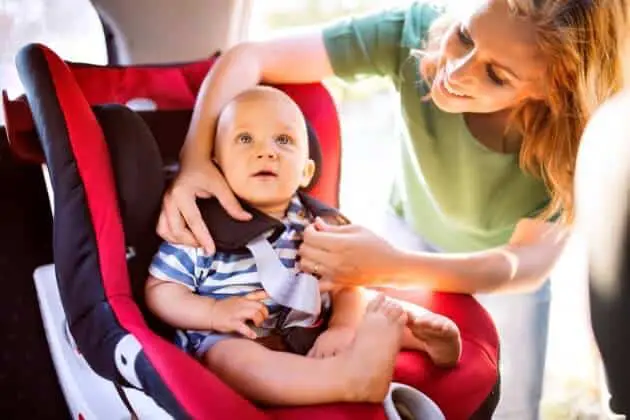
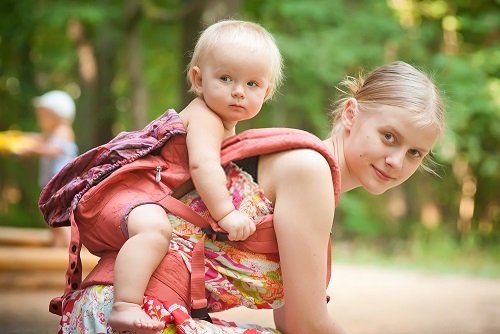
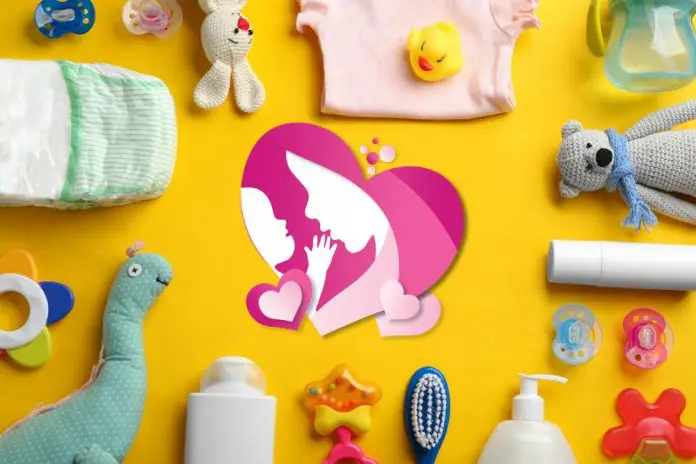
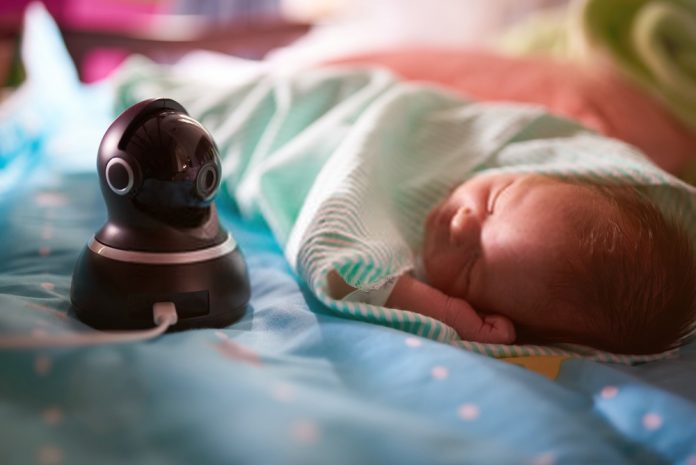
4 thoughts on “Baby Car Seat: 6 Important Facts About Baby Car Seat”
Comments are closed.